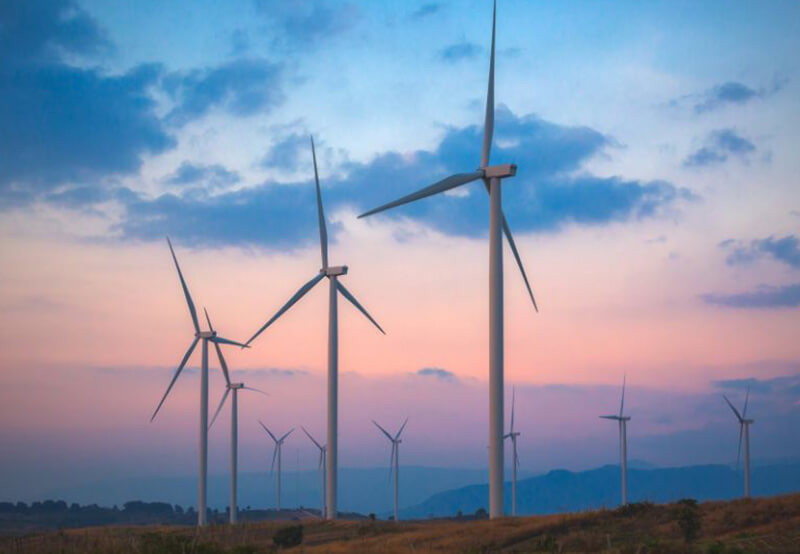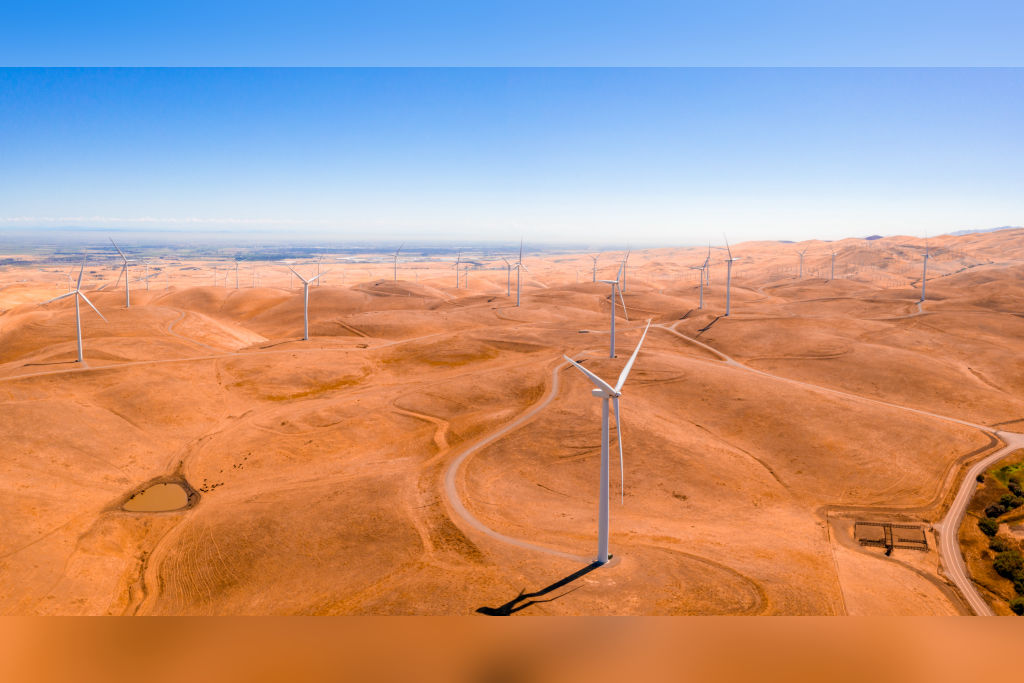Global Wind Turbine Installations Reach 121.6GW in 2024: A Milestone for Renewable Energy

The global wind power industry recorded a milestone in 2024, as total installations of wind turbines hit a remarkable 121.6 gigawatts (GW). This increase in the growth of wind energy is a defining moment for the renewable energy sector, reflecting the growing focus on sustainable energy options globally. While a total of around 110GW was installed on land, offshore wind capacity increased significantly by 11.7GW. These numbers show a strong growth in both onshore and offshore wind turbine installation projects further cementing the wind industry’s position in the international energy transition.
Understanding the Growth of Global Wind Turbine Installations
The global wind turbine market has been experiencing rapid expansion, driven by technological advancements, policy support, and an increasing focus on reducing carbon emissions. The world governments and corporations have realized that there is a necessity to shift to wind power use faster in their bid towards their clean energy requirements. The 121.6GW of that year would break any record not only of the years, but also would prove the versatility and greyness of the wind generation sector.
One of the key drivers behind this growth is the declining cost of wind turbine installation. New inventions in turbine designs, increased efficiency and economies of scale has made wind power more economical unlike the traditional fossil fuels. Also, a number of government incentives, tax, and other favorable regulations have made an enabling environment for wind energy investments.
The Breakdown: Onshore vs. Offshore Wind Capacity Growth
Most of the new wind turbine capacity, about 110GW—was installed onshore, and it underscores the continued dominance of onshore wind power. Onshore wind farms continue to be a favorite among many countries thanks to relatively lower installation costs and shorter project development durations. China, the United States, Germany, and India have been among the leaders in increasing onshore wind capacity, capitalizing on extensive land resources and beneficial wind conditions.
At the same time, offshore wind has also registered impressive expansion, adding 11.7GW of new capacity in 2024. Offshore wind farms have the benefit of higher and more consistent wind speeds, fewer land-use conflicts, and greater energy yields. Countries with long coastlines, like the United Kingdom, Denmark, and China, have led the charge for offshore wind. The latest developments in floating wind technology have also provided the prospect of tapping wind energy from deeper waters, raising the scope for offshore wind even higher.
Factors Driving the Expansion of Wind Energy Globally
Several factors have contributed to the unprecedented growth of global wind power:
- Policy and Regulatory Support: Numerous governments have been providing renewable energy targets of ambitious and unknown nature, subsidization, and preferential regulation on the uptake of wind energy.
- Improvement of Technology: The new wind turbines are bigger and more efficient with the capacity to integrate into the smart grids in order to maximize their performance and reliability.
- Corporate Renewable Energy Commitments: Power purchase agreements (PPAs) Big multinationals are purchasing more wind power in order to achieve their sustainability targets.
- Economic Viability: Wind energy does not come too expensive anymore, being probably the most competitive electricity production source.
The Future of the Global Wind Turbine Market
Looking ahead, the future of wind energy growth remains promising. It is projected by industry analysts that the rate of installation of wind equipment will continue to increase on the annual basis and the investments in the off-shore wind projects and in emerging markets will become a central factor. Further improvements in wind power competitiveness will be achieved through innovations in turbine efficiency, material in turbine blades and energy storage solutions.
With countries implementing their set net-zero emissions strategies and doing what they can in terms of climate change, the contribution of wind power to the world coal distribution will be even more vital. With strong policy support, technological breakthroughs, and continued financial investment, the global wind power sector is well-positioned for sustained expansion in the coming years.
In conclusion, the record-breaking 121.6GW of wind turbine capacity installed in 2024 highlights the remarkable progress made in the transition to renewable energy. With onshore wind leading the charge and offshore wind gaining momentum, the global wind turbine market is set to play a pivotal role in shaping a cleaner, more sustainable energy future.
Frequently Asked Questions (FAQs)
In 2024, a total of 121.6GW of wind power capacity was installed globally, with 110GW onshore and 11.7GW offshore.
China, the United States, Germany, India, and the United Kingdom were among the top countries contributing to wind energy growth.
Offshore wind farms provide stronger and more consistent wind speeds, higher energy yields, and reduced land-use conflicts compared to onshore wind farms.
Advancements in turbine technology, larger blade designs, economies of scale, and government incentives have significantly reduced the cost of wind energy.
Many large corporations are investing in wind power through power purchase agreements (PPAs) to meet their sustainability and net-zero commitments.












